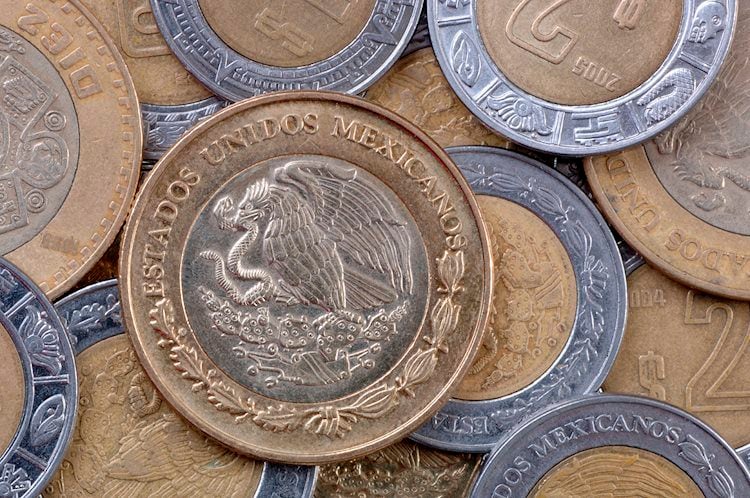Economist at UOB Group Ho Woei Chen, CFA, and Senior FX Strategist Peter Chia assess the recent RRR cut by the PBoC.
“On Friday (9 July), the People’s Bank of China’s (PBoC) announced a 50 bps cut to banks’ Reserve Requirement Ratio (RRR) that will take effect on 15 July. This applies to all financial institutions except those with RRR of 5.0%. The RRR cut is the first monetary policy move in more than a year following the previous RRR cut implemented on 15 May 2020 that brought the RRR for small financial institutions down to 6.0%.”
“The move will reduce financial institutions’ weighted average deposit reserve ratio to 8.9% and is estimated to release CNY1 trillion of liquidity into the system.”
“In its press communication, the PBoC affirmed that there is no change to its prudent monetary policy stance. The central bank will continue to keep monetary policy stable and maintain reasonable and sufficient liquidity, keeping the money supply and the growth rate of total social financing in line with the nominal GDP growth.”
“China’s monetary policy will continue to be guided by its principle of avoiding massive stimulus measures, even during the pandemic last year. The PBoC will continue to balance its growth objective with financial imbalance risks. Moreover, market liquidity has stabilized as seen in the overnight interbank rate which had previously spiked in January on concerns of tightening liquidity. Although economic growth is expected to slow in 2H21, we do not foresee outright monetary policy easing by cutting the benchmark Loan Prime Rate (LPR). Our forecast for the 1Y LPR and the 5Y & above LPR are unchanged at 3.85% and 4.65% respectively. We think one more RRR cut may still be possible to stabilize growth should the economic outlook falters in 2H2021.”





